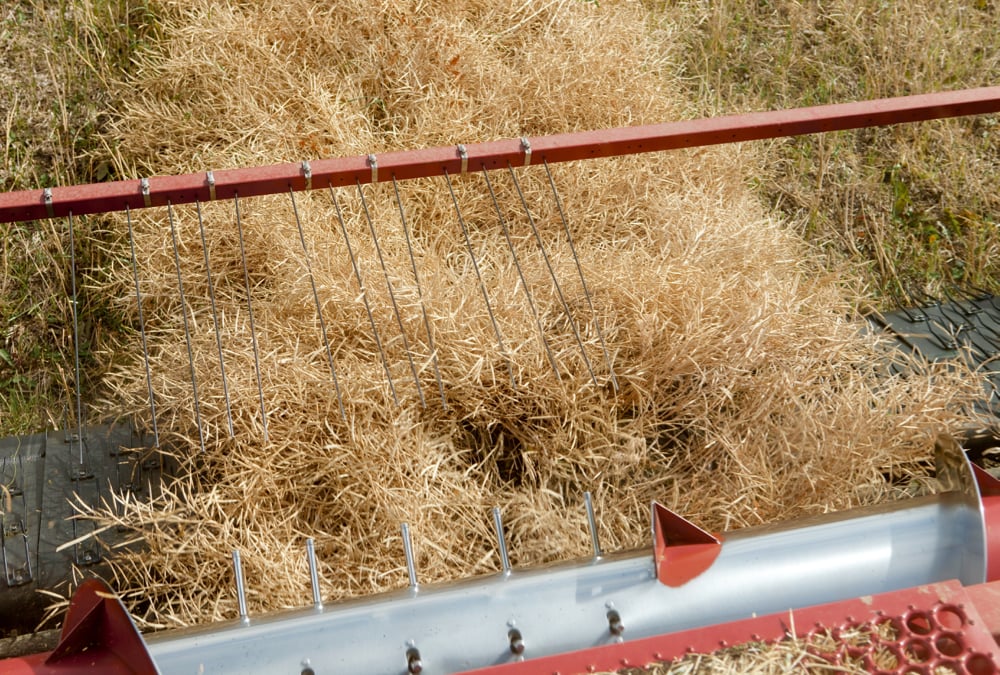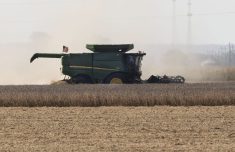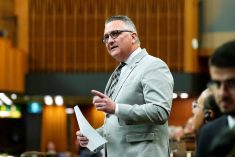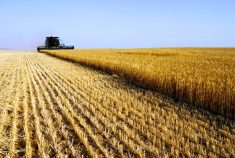RED DEER — Alberta Chicken Producers has parted ways with its national organization.
An ongoing dispute over quota allocation prompted the provincial organization to serve notice it is leaving the Chicken Farmers of Canada. The final opt out goes into effect July 31, 2014.
“It is with great disappointment that despite all the efforts we have been unsuccessful in finding a long-term sustainable national allocation agreement that 10 provinces can support,” said David Hyink, the Alberta director to Chicken Farmers of Canada.
Alberta Chicken will determine its own allocation and will work with processors on its own. Where possible, Alberta is willing to work with the national organization on issues like food safety and animal welfare, Hyink told the Alberta Chicken annual meeting in Red Deer Feb. 25.
Read Also

Alberta harvest wrapping up: report
Harvest operations advanced to 96 per cent complete in Alberta as of Oct. 7, with only a few late-seeded cereal and canola fields remaining, according to the latest provincial crop report.
He suggested the Farm Products Council of Canada and provincial marketing councils might get involved because farmers could not agree on how their system should work.
Alberta said it was willing to negotiate, but other provinces would not agree. Different provinces objected at different times over the years.
Alberta wanted three percent more allocation and Ontario has asked for six percent in a dispute going back to 2007. Both want more based on escalating population growth in their provinces.
Five new proposals have been presented to allow different growth among the provinces but no agreements could be reached, said David Janzen, chair of Chicken Farmers of Canada
“We are trying to figure out how we can allow some provinces to grow at different rates, but we all grow. No one goes backwards, that is one of the fundamental principles of all these proposals we put forward,” he said.
Chicken is allowed to move freely around the country to meet processors’ needs on a regional and national basis. It is difficult to allow more production in one or two provinces when national growth has stopped growing in recent years, said Janzen.

















